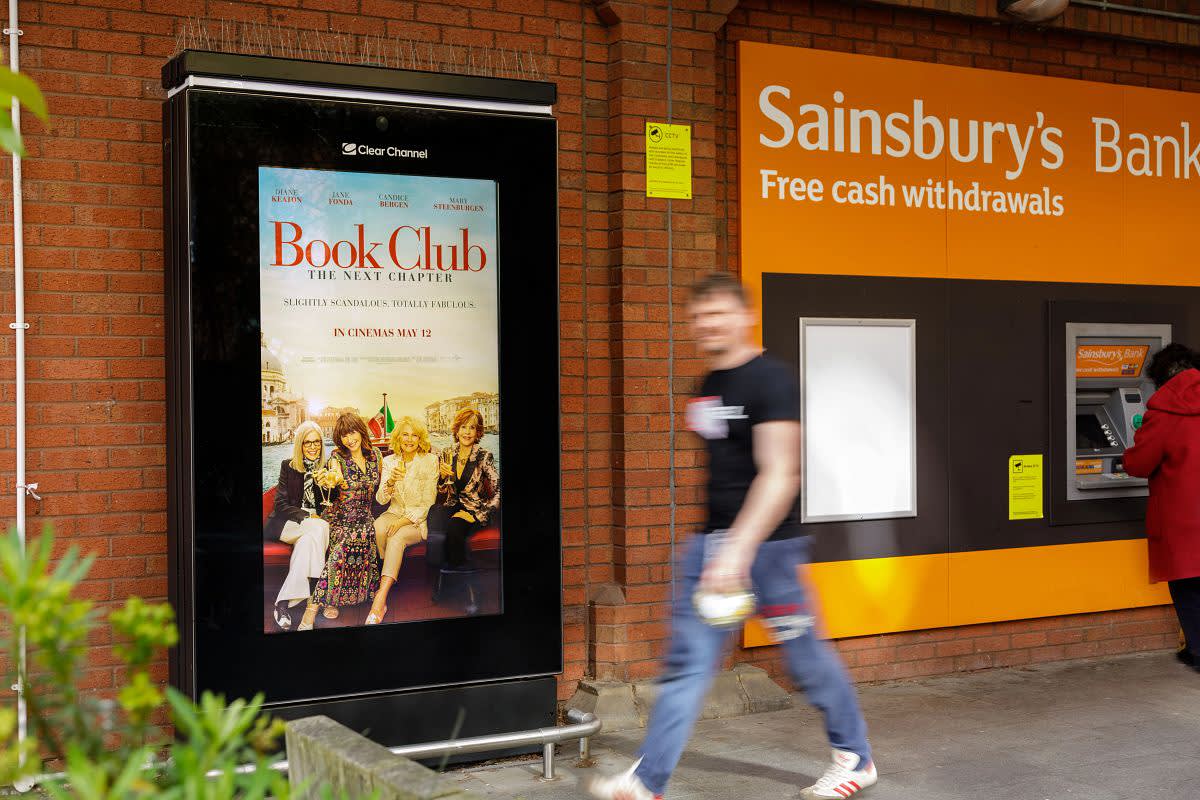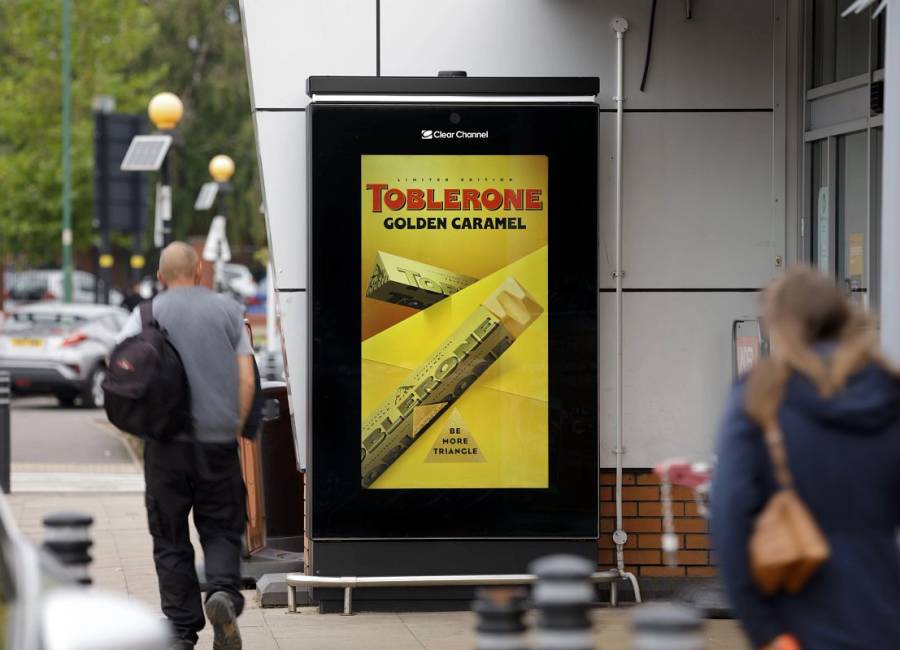Digital Out of Home advertising is a growing medium. In 2022 alone, £750 million was spent on DOOH campaigns – over half a billion more than the £182 million spent in 2012.
Such a significant increase implies that brands are clearly finding success with DOOH, otherwise they wouldn’t be using it. But how exactly are they measuring that success?
We’re taking a look at the different metrics and analytics available to DOOH advertisers. Here’s how to measure the success of your DOOH campaigns.

The changing face of DOOH analytics
It used to be the case that location-based data was the primary measurement tool for OOH campaigns. This was more of an estimation than an exact science, though, and it provided no way of knowing what actions consumers took post-exposure to an advert.
These days, however, industry innovation means that advertisers can access accurate performance metrics, as well as in-depth audience analysis. With the various tools, data and technology at their fingertips, it’s now easier than ever to track performance, attribute conversions and measure success.

Setting clear objectives
The first step in measuring success is to set clear objectives. It’s important to know what your goals are and to define your KPIs before any campaign planning takes place.
For big brands running national campaigns, this might be as simple as wanting to reach a certain percentage of the population. But for smaller brands running more targeted campaigns, the goal might be to increase sales to a specific local cohort.
Understanding performance is about knowing where your creative was seen, when it was seen and who it was seen by. Measuring success is about knowing whether you’ve achieved what you set out to do, and it’s not possible to do that without maintaining a clear vision throughout.
Digital Out of Home performance metrics
There’s a broad range of metrics that DOOH advertisers can use to both monitor and determine performance. Here’s a quick rundown of some of the most common ones:
Reach
Reach refers to the number of individual people that have seen an advert. It’s calculated using a mix of data – geolocation tracking from mobile devices, traffic and footfall numbers, historical data and established audience behavioural patterns, for example.
Impressions
in the context of DOOH, impressions means the number of times an ad has been viewed. This is often calculated using sensors built into the screen that can tell how many people have looked at it while the creative is on show.
Frequency
Frequency count is a representation of how many times the average viewer has been exposed to a brand’s creative. It’s worth noting that if the same person sees an advert twice, it’s counted as two impressions but a reach of one.
Dwell time
Dwell time very simply means the average length of time people have spent looking at or interacting with a creative. It’s calculated using a combination of screen proximity (from mobile data) and eye movement tracking (from inbuilt sensors).
CPM
CPM is the abbreviation for ‘cost-per-mille’, which literally translates to ‘cost per thousand’. As a digital advertising measurement, this means cost per thousand impressions and is used to calculate budget and cost-efficiency.

DOOH and audience measurement
Audience measurement has undergone one of the biggest evolutions in the DOOH space. Technological advances mean we can now understand not just the size of an audience but also its demographic composition and behavioural trends.
Facial recognition technology plays a big part in enabling these capabilities, helping to identify the age range, gender and even emotion of people viewing a creative.
Anonymous mobile tracking and geolocation data provide an overview of how consumers move through the world and the actions that they take. Our proprietary audience analysis platform, Radar, combines offline movement with online customer journeys to deliver powerful insights into audience behaviour and interests.
Tracking the journey post-exposure
The vast array of data sources and analytics tools available to advertisers make it possible to follow the journey post-exposure, attribute conversions with heightened accuracy, and understand whether a campaign has been successful.
Depending on what your campaign goal is, there are various ways to approach attribution. For example, let’s take a look at brand awareness. Unexplained increases in branded searches, social followers, traffic direct to site or real-world traffic that line up with a DOOH campaign provide a solid indication of success.
Device IDs can also be used to determine attribution with even greater accuracy. If a consumer has searched for a brand soon after being in range of a DOOH screen showing that brand’s creative, we can reasonably attribute the brand search to the ad exposure.
As well as tracking interactions as an engagement metric in their own right, interactive DOOH can be leveraged to gain more oversight of the customer journey. By utilising features such as QR codes and unique URLs, brands can capture audiences and send them online where they can be more easily tracked.
Start your DOOH campaign today
Interested in learning more about DOOH advertising? Fill in our form and one of our team will be in contact shortly to answer your questions and get started on your next campaign.



